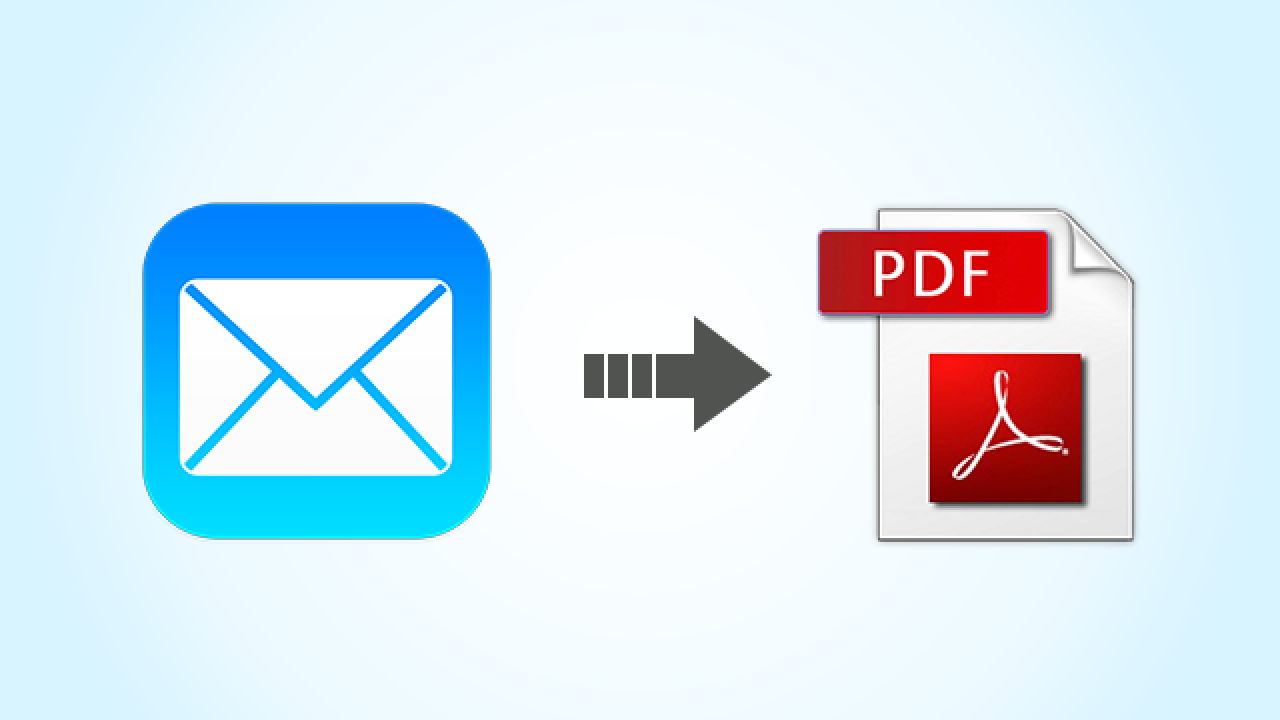Gmail is one of the most popular platforms in the digital age. It isn’t easy to manage and organize emails. It’s convenient to be able to store and share emails in PDF format.
Why would you save emails in PDF format?
First, let’s understand why it’s crucial to save emails in PDF. PDF, also known as Portable Document Format is a widely used file format known for its versatility and compatibility across devices. It is possible to create a PDF snapshot of your email content that will preserve all formatting attachments, structure and formatting. This means that vital details are preserved, and helps to share it with others. For more information, click Save Email as PDF

How can I save one email as PDF in Gmail
1. Open the email: Log in to your Gmail account. Open the email you want to save as a PDF.
2. Click the Print Icon. The print icon is typically represented by a printing device. In order to open the dialog for printing, click on it.
3. Select “Save as PDF” as the Destination.
4. Change Settings (Optional) Before saving, you can alter settings like layout sizes, paper size and orientation to suit your needs.
5. Click “Save”: Click on the “Save” option, then select the destination folder for saving the email.
Your Ultimate Guide to Seamless Conversion
After we’ve gone over the basics, let’s explore additional tips and considerations to enhance the experience of saving your emails to PDF within Gmail.
Organize using Folders: Create dedicated folders for each type of category to ensure a systematic approach. You can create folders to arrange emails related to your personal or professional correspondence, or specific projects. The storage of emails in PDF format into these folders makes retrieving them a breeze.
Batch Processing: If you have multiple emails that you want to save, Gmail allows you to print them out in batch. This can be extremely useful when you want to archive entire conversation or project threads.
Naming Conventions: Develop an univocal naming convention for your PDF files that you have saved. Include important details like the sender’s email address, subject, and even the date in order to make it easier to locate the files.
Make sure that PDFs are password-protected when they contain sensitive information to ensure greater security. This will make sure that only authorized users are able to access the PDF, adding an additional layer of security.
Cloud Storage Integration: Learn how to connect your Gmail account with cloud storage solutions. It is possible to save your emails directly as PDFs on platforms like Google Drive. This allows you to access them at any time.
Conclusion
In the end, the capability to save emails as PDF in Gmail is a useful skill that enhances your management of emails and organizational capabilities. If you’re looking to archive important messages as well as creating a reference collection or sharing information with colleagues, converting emails into PDF can be the flexibility you need.
Mastering this process will not only help you streamline your workflow, it will also help you stay organized and efficient. Use the power of the PDF format to easily preserve the content of your emails, share it with friends and refer back to your emails while you traverse the vast realm of email correspondence. Make your email files a PDF, and experience an improved Gmail experience.